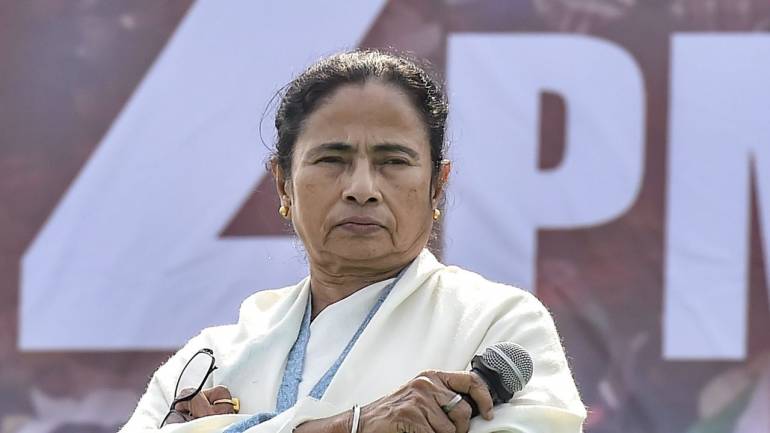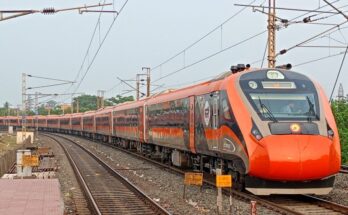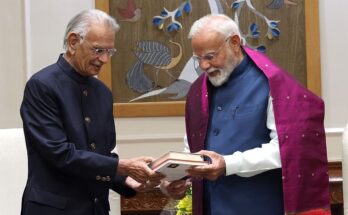The West Bengal Government has created the Tribal Development Department to bring about comprehensive development of various tribal communities in the state. On the occasion of International Adivasi Day today, Chief Minister Mamata Banerjee taking to her Twitter handle said, ” Today is International Day of the World’s Indigenous Peoples, celebrated in #Bangla as #AdivasiDibas.
“Our government has created the Tribal Development Department to bring about comprehensive development of various tribal communities in #Bangla, ” she stated. Six Development/Cultural Boards and Advisory Councils have been constituted for the welfare and development of the six communities. These six boards are—
Mayel Lyang Lepcha Development Board, Tamang Development and Cultural Board, Sherpa Cultural Board, Bhutia Development Board, Limboo Development Board and Adivasi Development and Cultural Board.
Rs 348.32 crore have been sanctioned to these boards for important developmental activities like construction of environment-friendly houses and toilets, jhora improvement schemes for drinking water, planting of around 80,000 trees and instituting of more than 1,000 individual-benefitting programmes. Despite the fact that Bengal is not a Schedule V State, the Tribes Advisory Council has been reconstituted and given a meaningful role to play in various aspects of tribal development. Since the reconstitution, six meetings have been held under the chairpersonship of the Chief Minister and follow-up actions were taken up.
Old-age pension and social security
• Old-age pension of Rs 1,000 per month per person provided to 1.5 lakh people below the poverty line (BPL) beneficiaries from scheduled tribes on attaining 60 years of age.
• Social Security Scheme instituted for kendu leaf collectors in FY 2014-15, under which 34,743 collectors registered, 447 eligible beneficiaries from among which receive benefits to the tune of Rs 2.26 crore.
• To ensure employment in the lean season, more than Rs 17 crore disbursed from the State Plan fund to create nearly 9.5 lakh person-days for kendu leaf collectors.
Forest rights
• Community pattas for ‘jaher than’ being distributed, and installation of fencing around thans being completed
• Forest Rights Act, 2006 translated into Santhali and Kurukh, and distributed to all concerned
• 45,818 Individual Rights, 738 Community Rights and 64 Community Forest Resource Rights distributed among forest dwellers
• Formalising of forest pattas taken up and 8,583 pattas formalised through the issuance of Record of Rights Promotion of indigenous languages
• Trilingual (Santhali-English-Bengali) Santhali dictionary published by the Paschimbanga Santhali Academy for promoting Santhali language
• Booklet published in Bengali, Santhali and Hindi for the dissemination of information on schemes and programmes on tribal development
• Language primer published in Kurukh (Tolong Siki is the script of the Kurukh language) by the Cultural Research Institute (Kurukh is spoken by the Oraon community and is one of the endangered languages of the world)
• Kurukh conferred the status of an official language by amending the West Bengal Official Languages Act, 1961 Healthcare
• Construction of ICDS centres in tribal-dominated areas in convergence with MGNREGA prioritised
• Pilot project conducted by the Institute of Haematology & Transfusion Medicine, Calcutta Medical College for the screening of tribal people suffering from sickle cell disease taken up by the department in 2014-15, after which a wider study covering 4 lakh samples was approved at a cost of Rs 25 crore
Thus we see that the Tribal Development Department has brought about all-round development of the tribal population of the State. Through various schemes and programmes, development is happening at a fast pace. (UNI)




